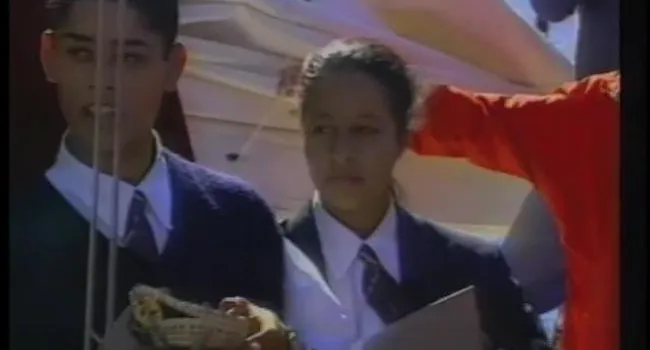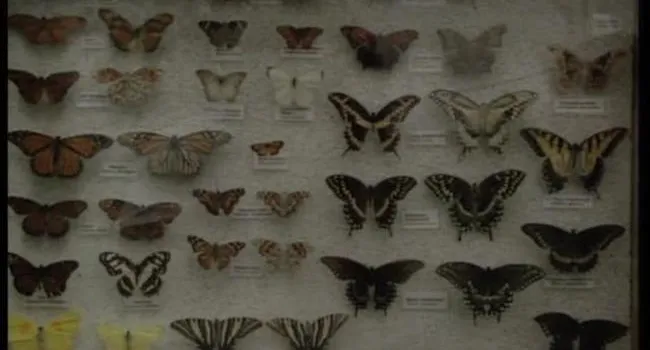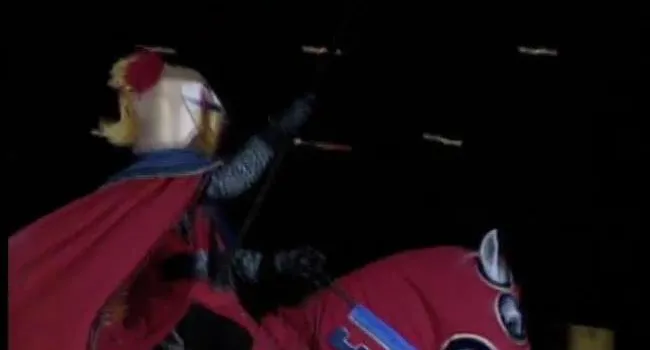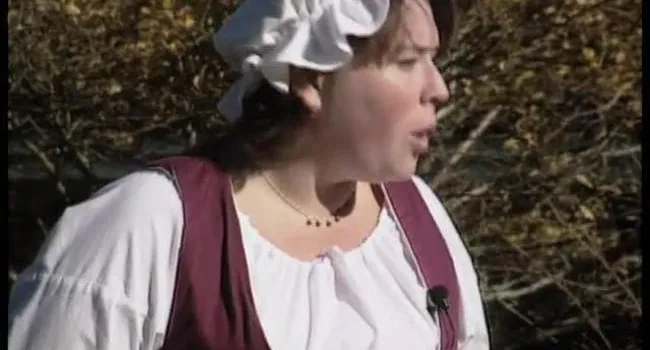The South Carolina Center for Birds of Prey assists and rehabilitates injured raptors, which include falcons, owls, vultures, kestrels, hawks, eagles, and ospreys. They also make ambassadors of injured birds for use in educational setting.
The center treats approximately 300 birds a year. People walking in the woods or driving by usually find the injured birds, although veterinarians and wildlife officials bring in a large number of birds. Owls are the most common raptor to visit the center. They catch their food on roadways, and are easily hit by cars. Vultures clean up carrion on the road, and are also susceptible to car accidents. Although the number of eagles is on the rise in South Carolina, they have more opportunities to be injured. Bald and golden eagles live in South Carolina, as do red-tailed and red-shouldered hawks.
When a patient arrives at the medical center, a veterinarian examines the bird. Care to ensure the bird’s survival is administered first. Critical care includes combating dehydration, starvation, anemia, shock, infection, and fatigue. Care is then taken to mend broken limbs and tend to other complications. Sometimes surgery is necessary because bird bones are hollow and break so easily. The birds then go into intermediate care in an outdoor cage. The final stage of care is rehabilitation. At this stage, birds are placed in flight cages, allowing them to fly freely and to exercise. After successful completion of all stages, well birds are evaluated, tagged, and released.
Birds that cannot go outdoors on their own after the rehabilitation stage become educational ambassadors. They are trained to sit on a glove and be around humans. Training involves using small amounts of food as positive reinforcement. They are still wild animals, not pets.



































